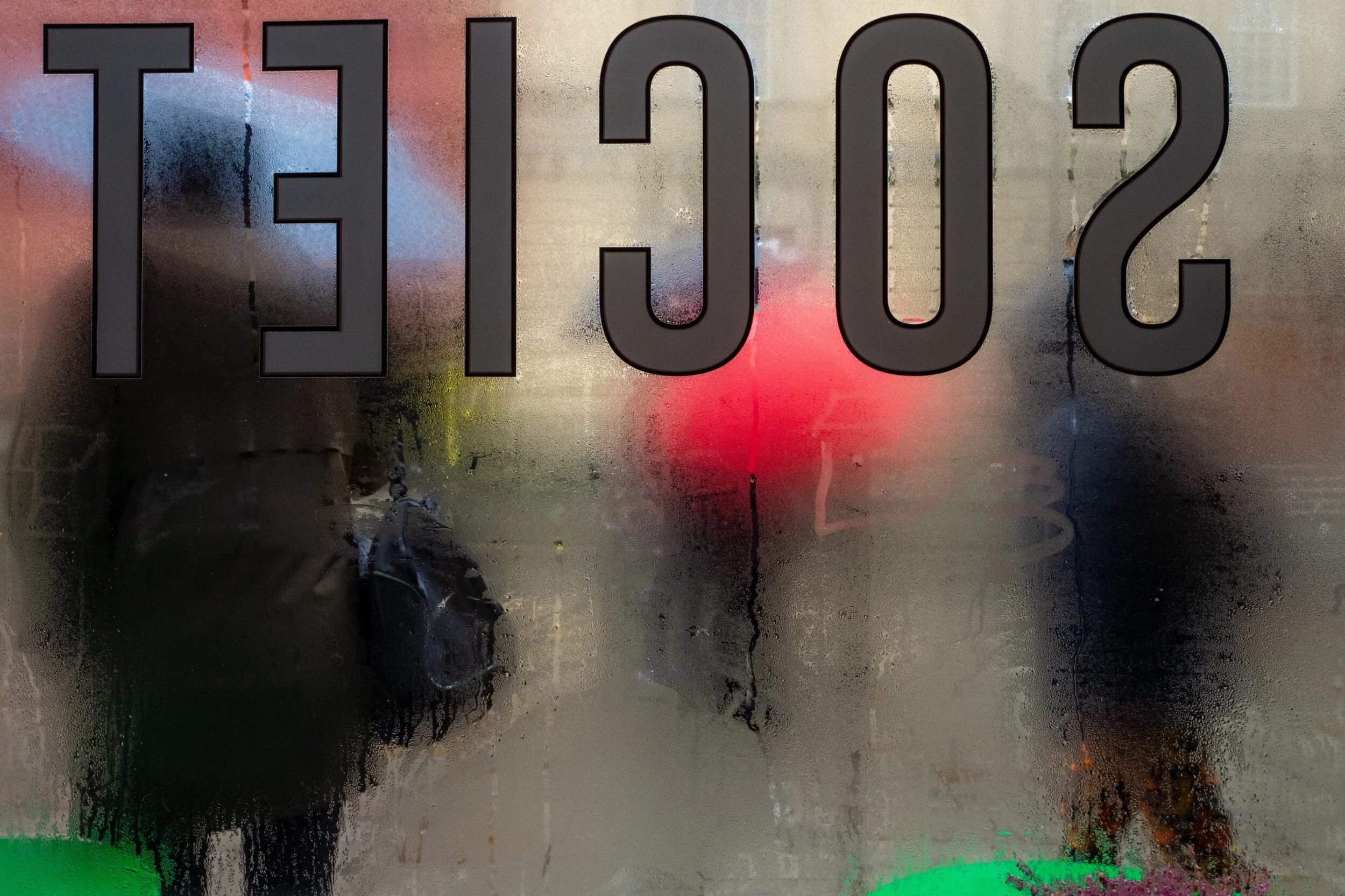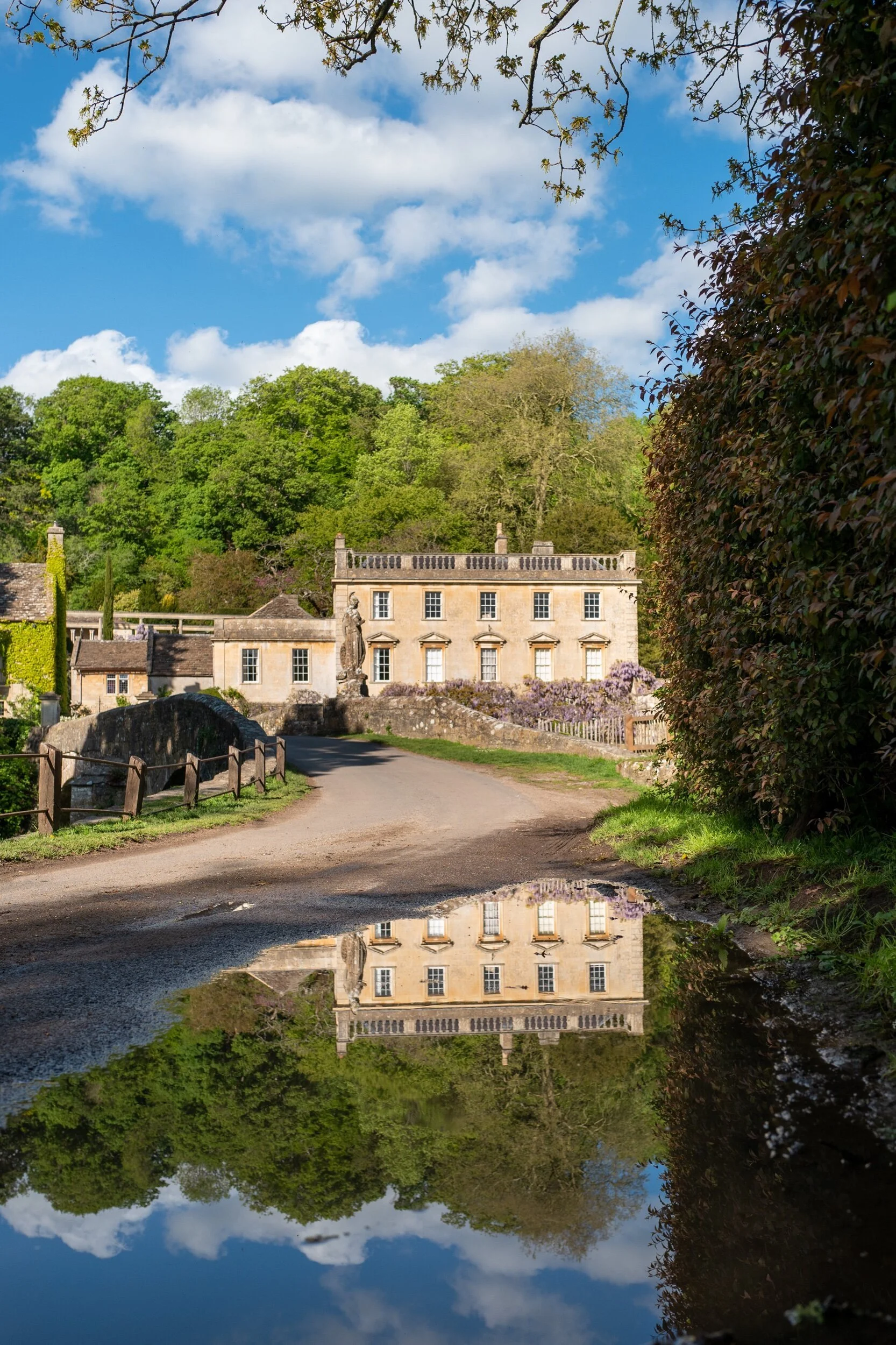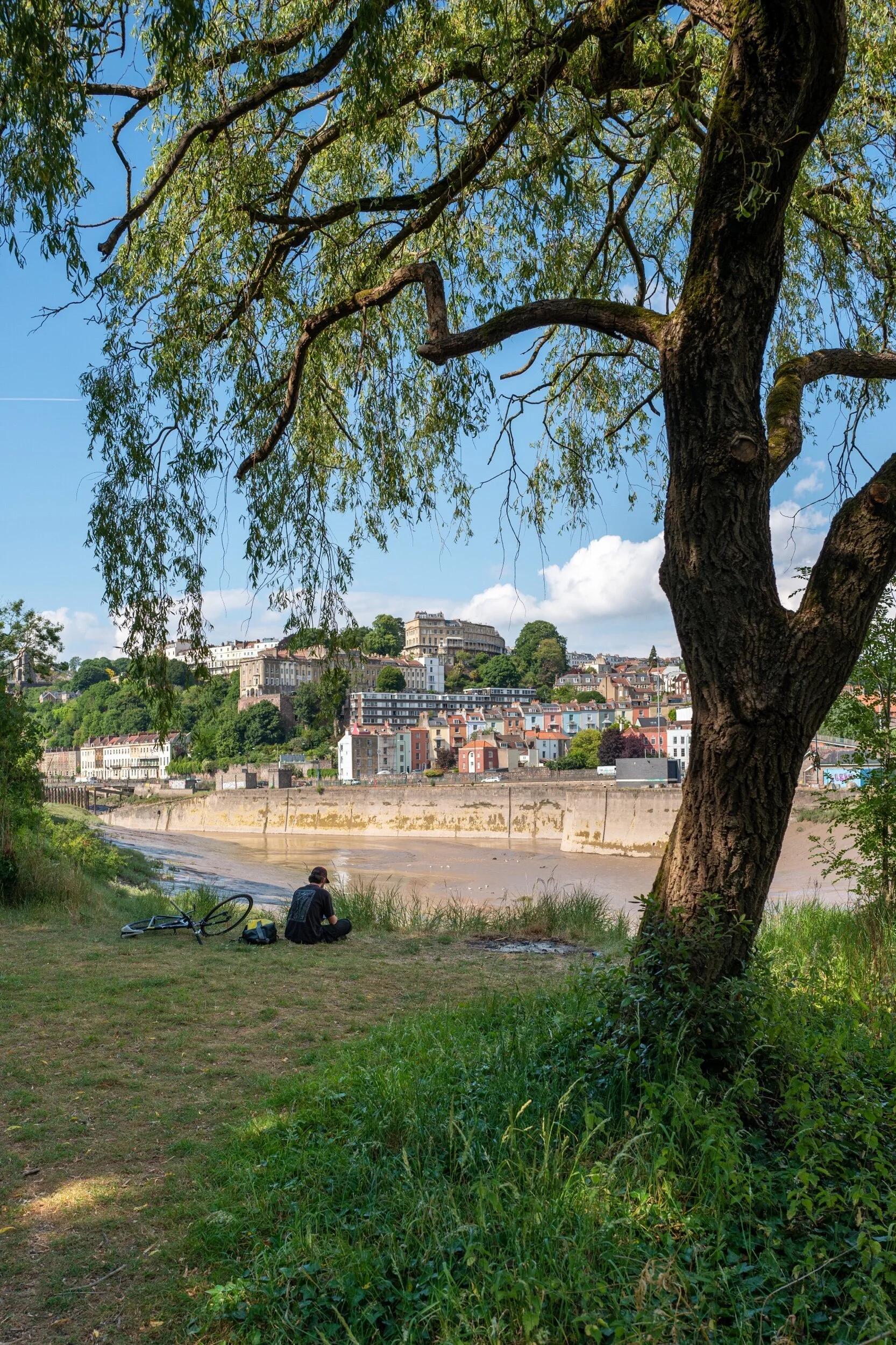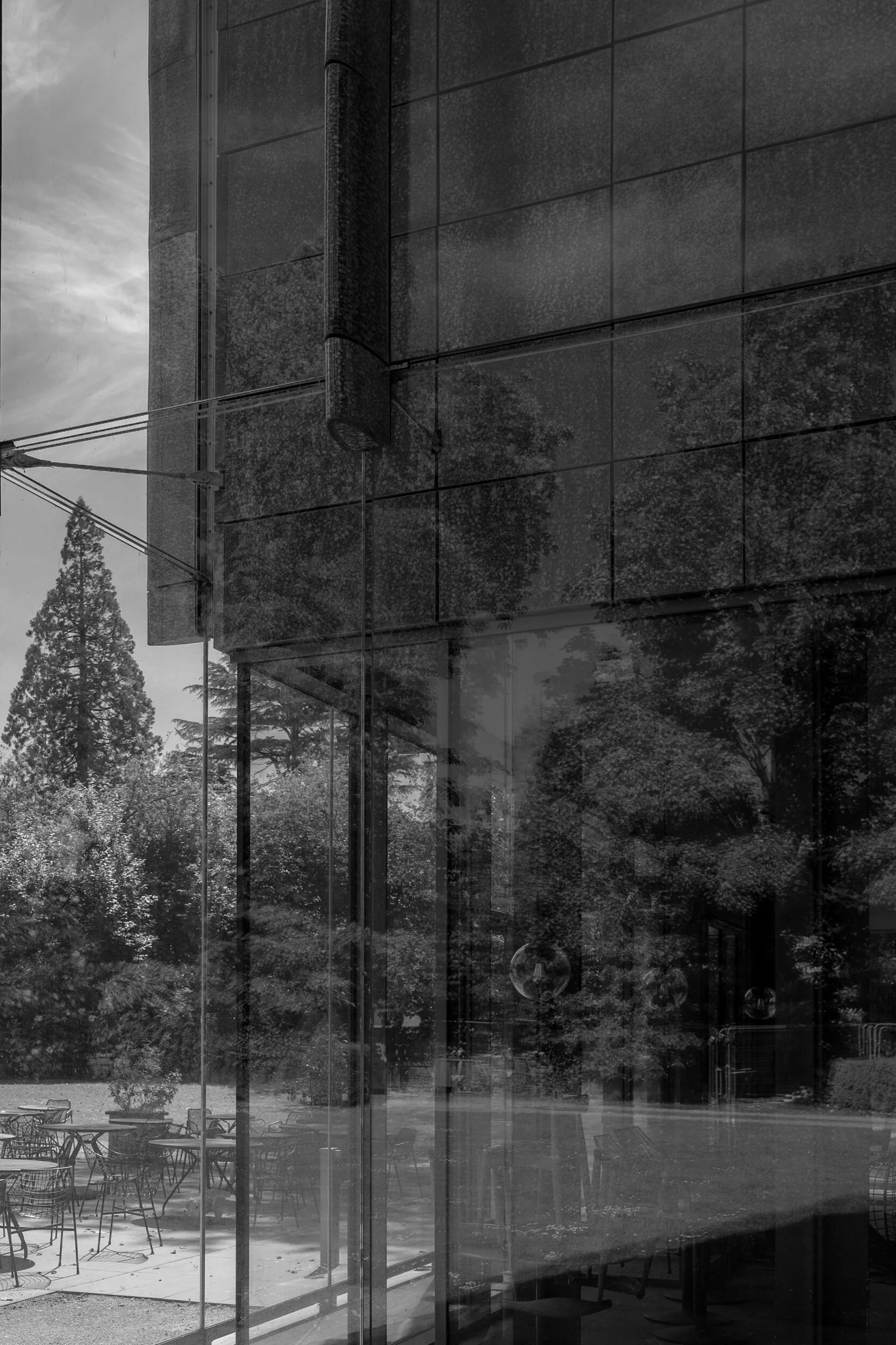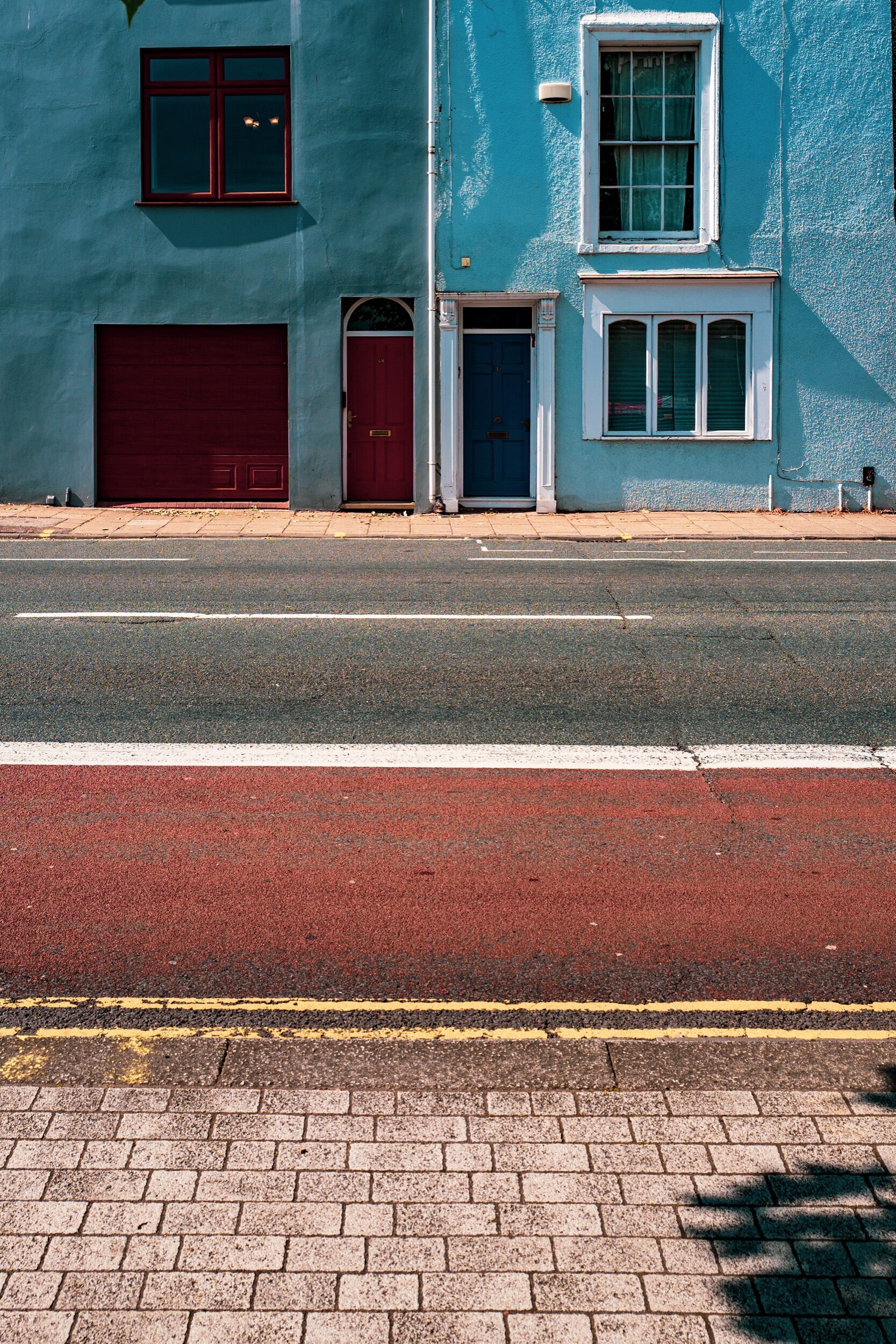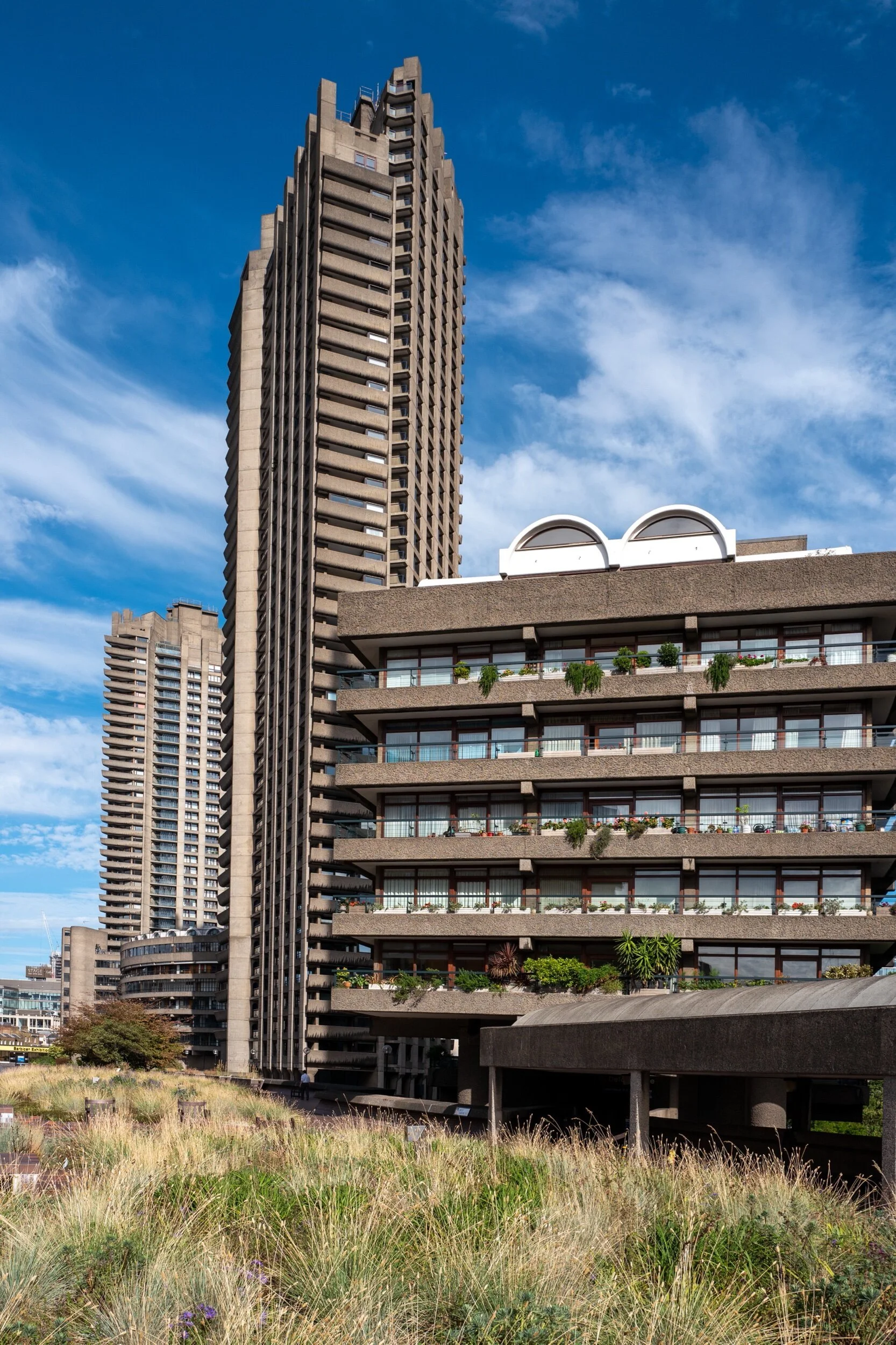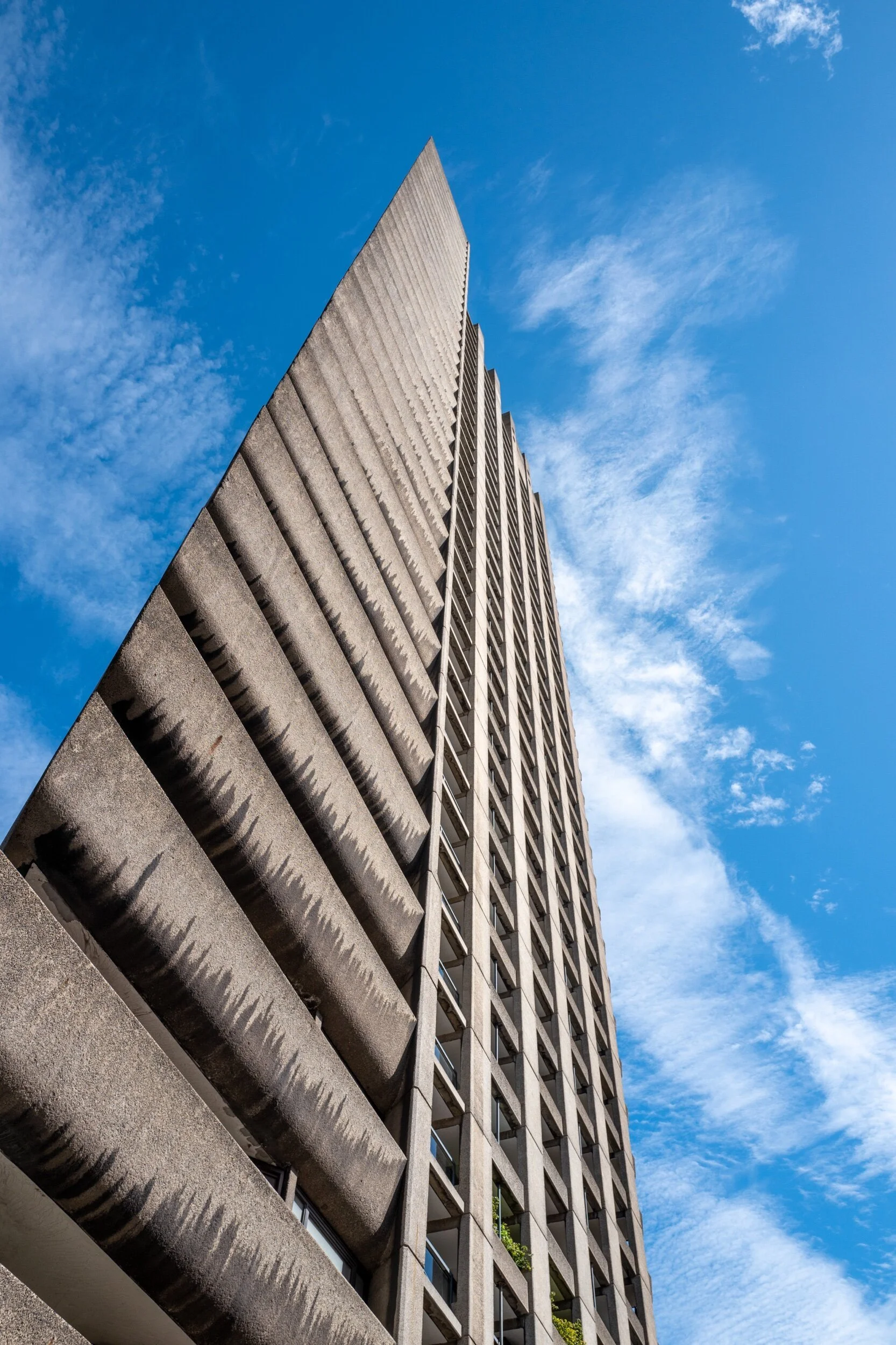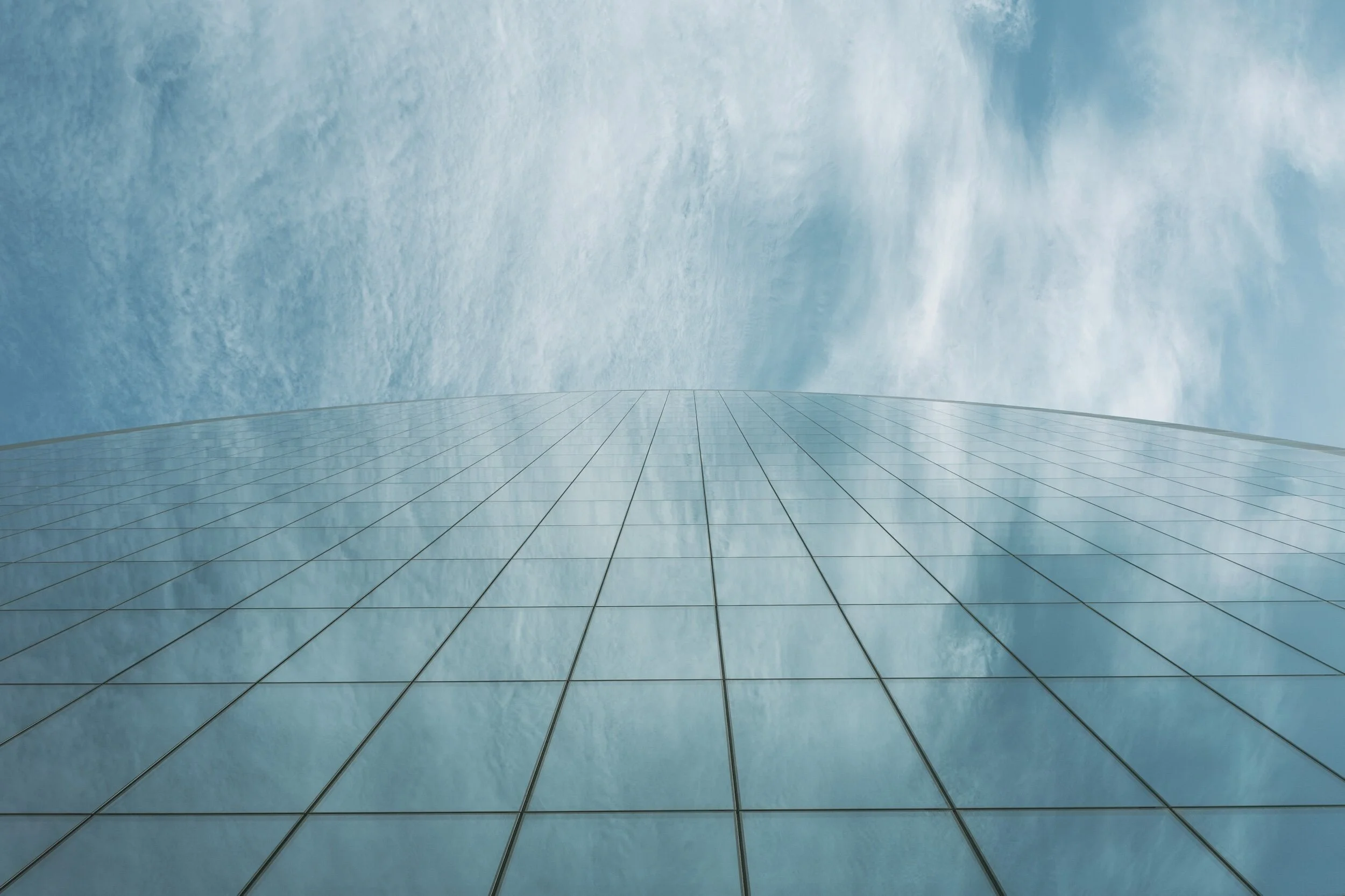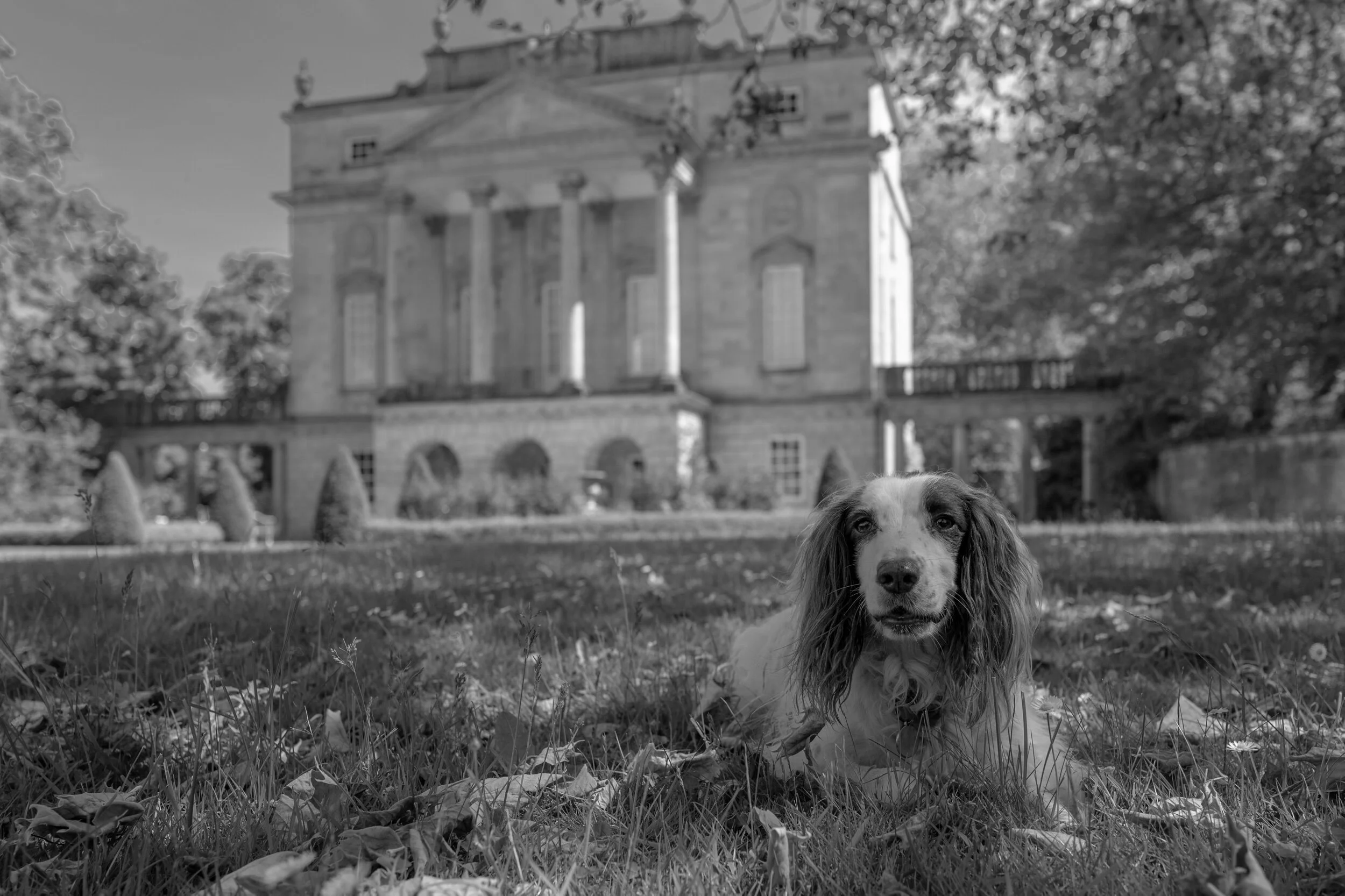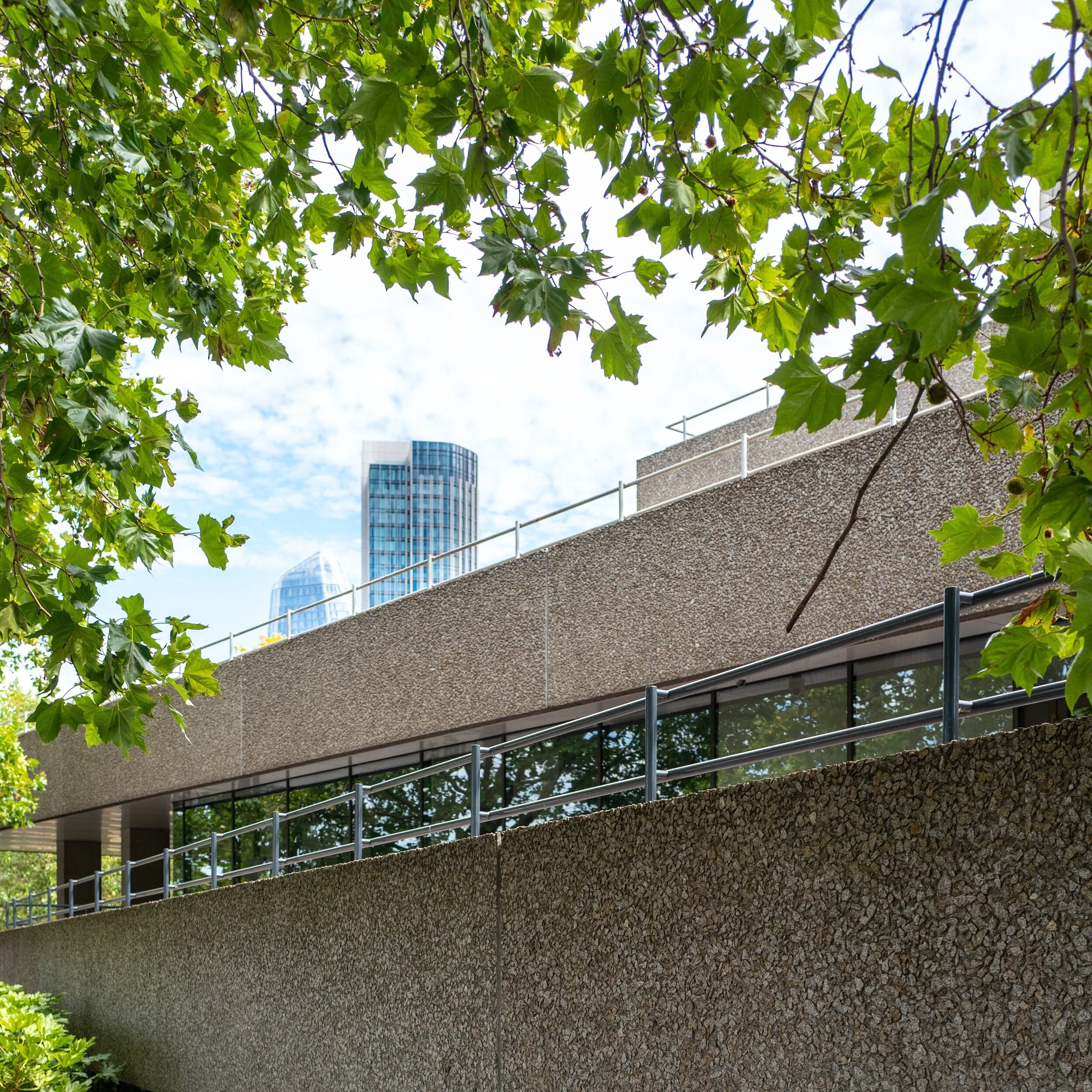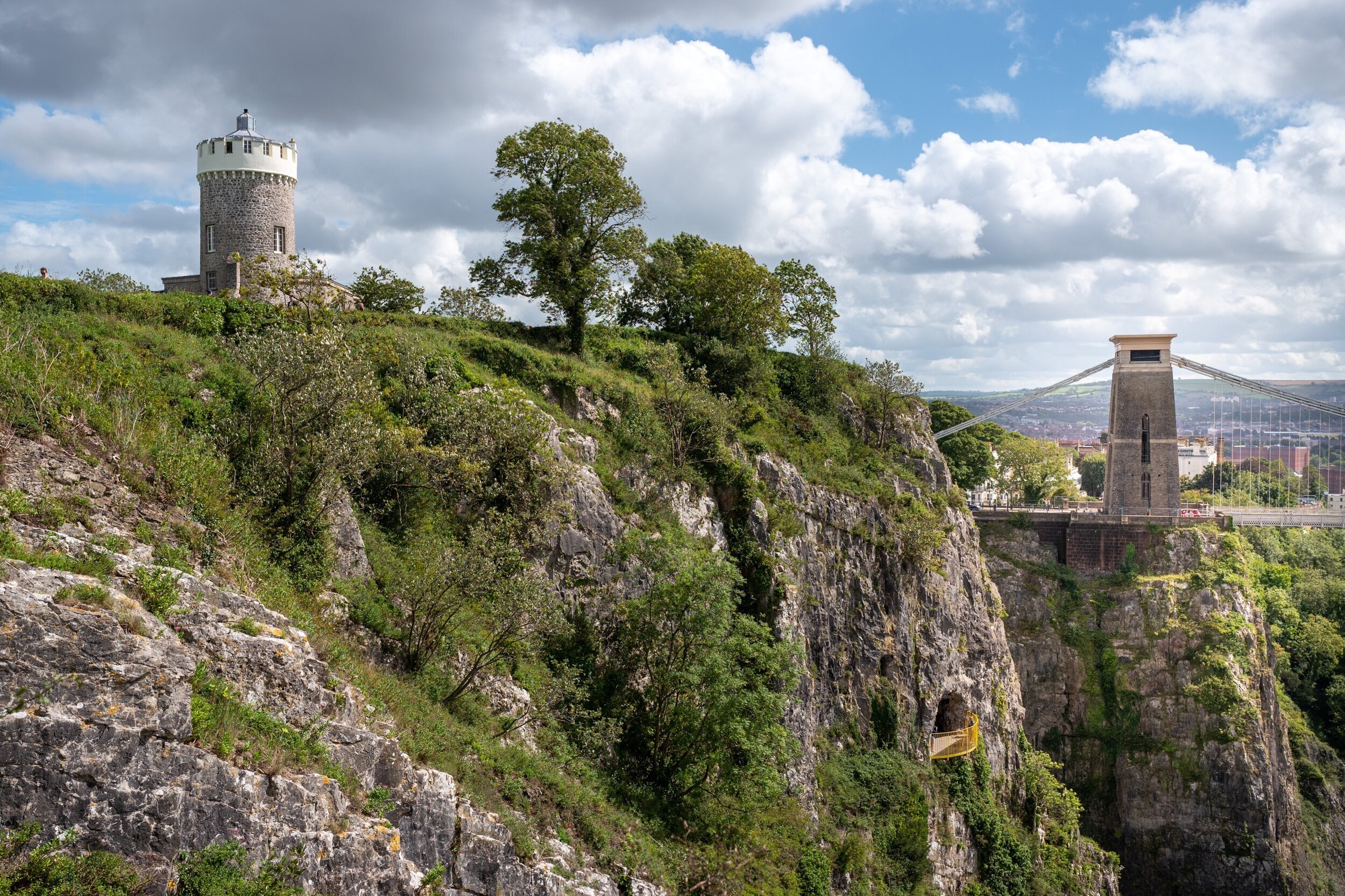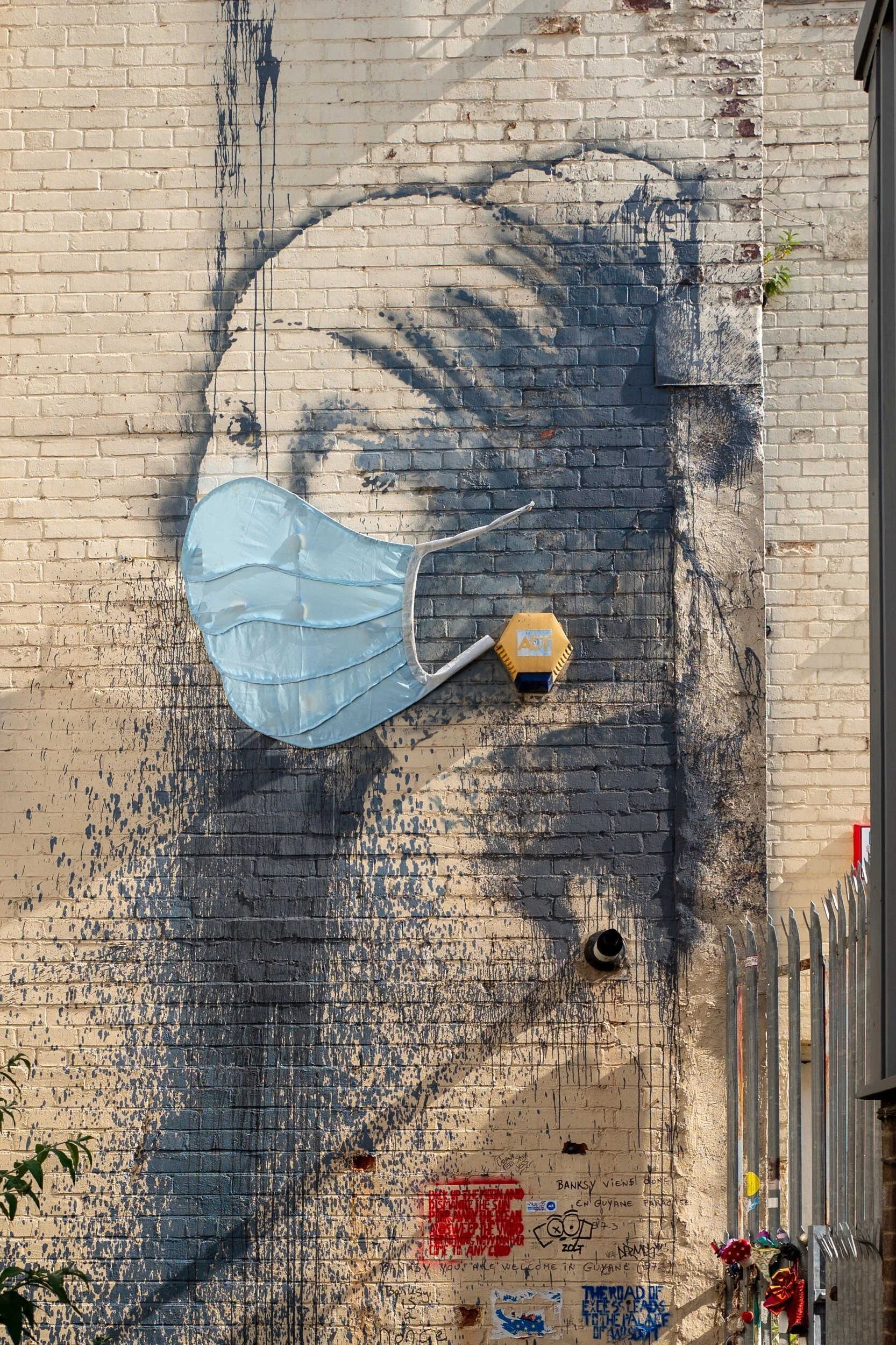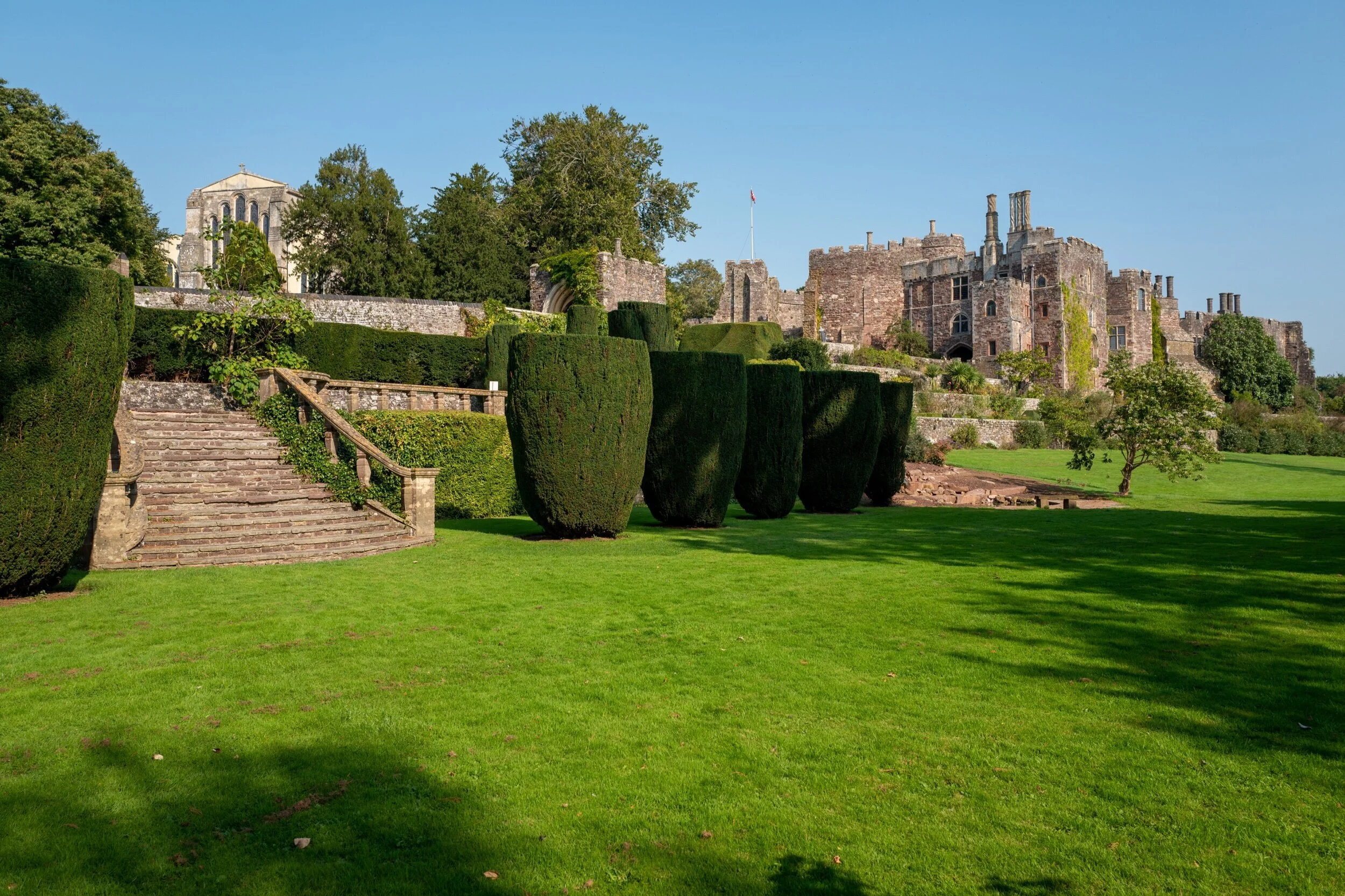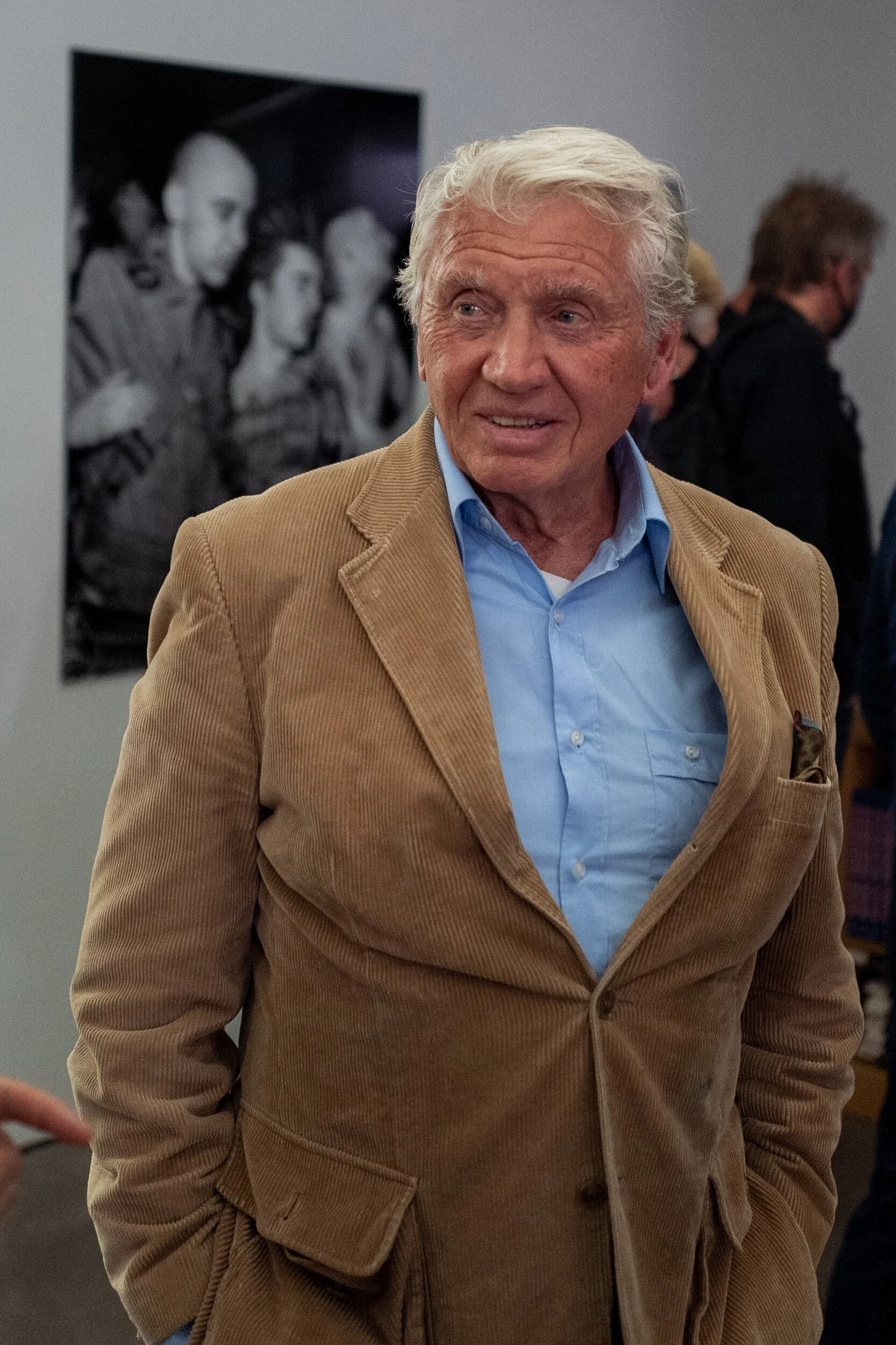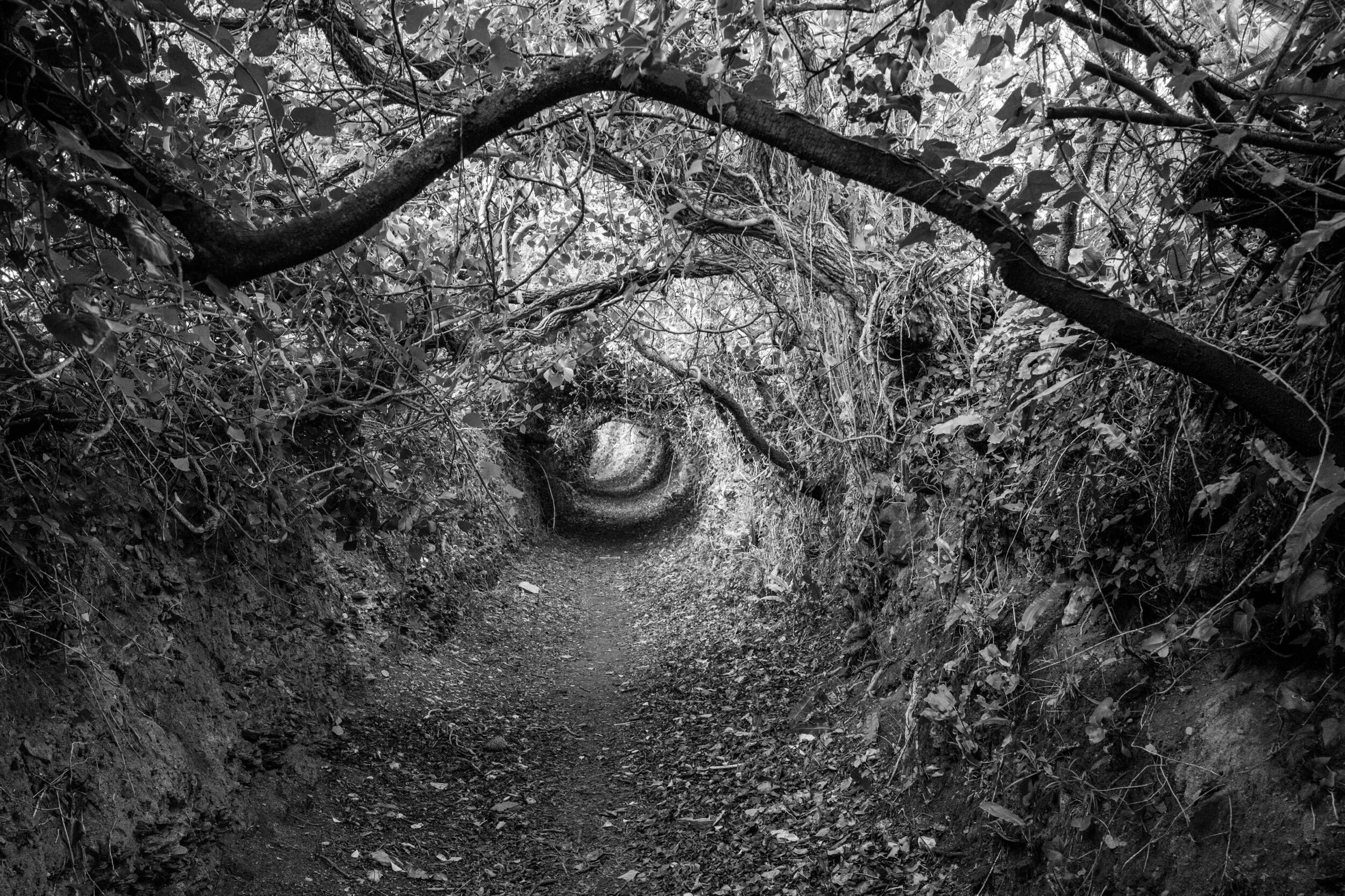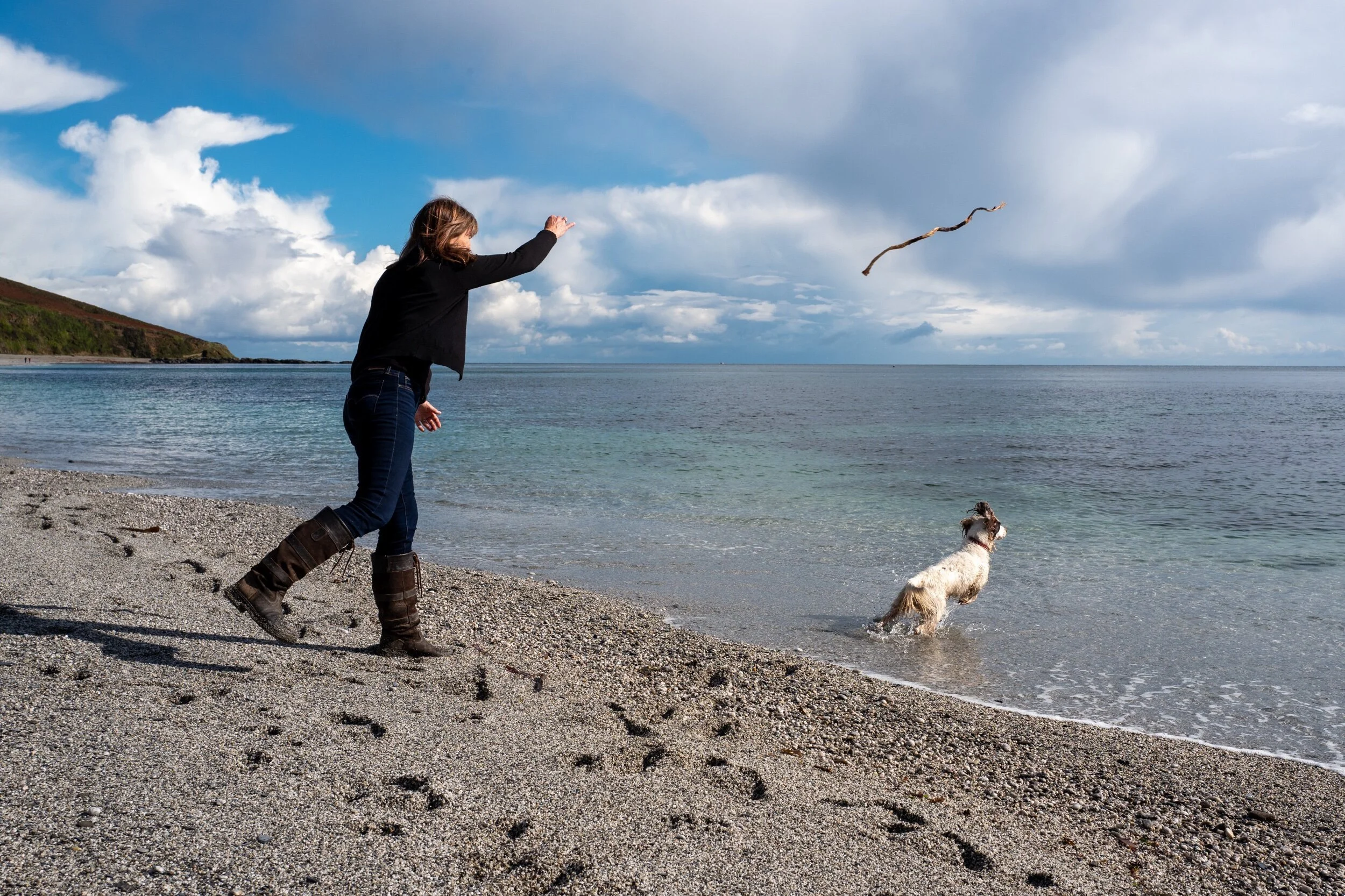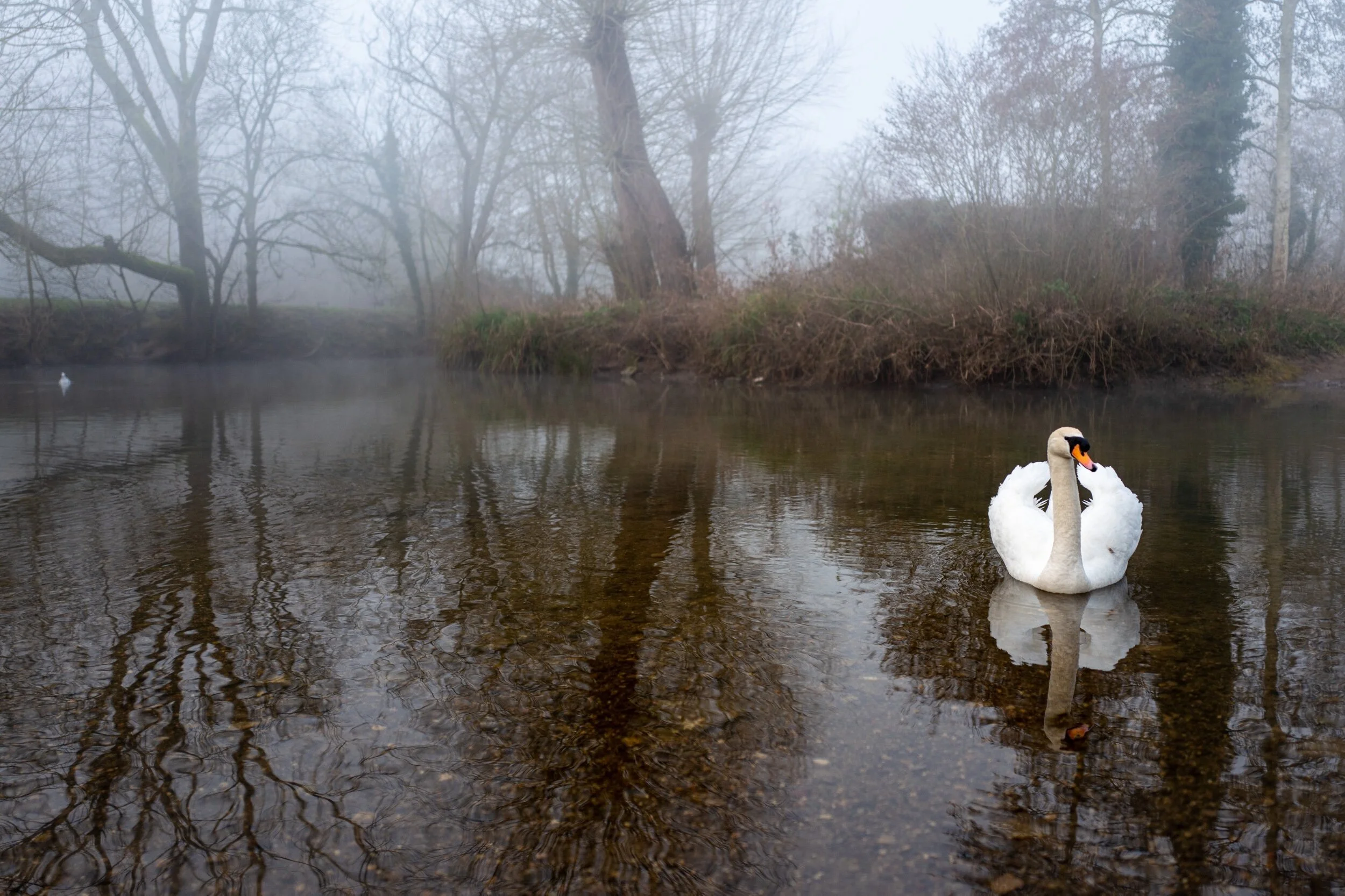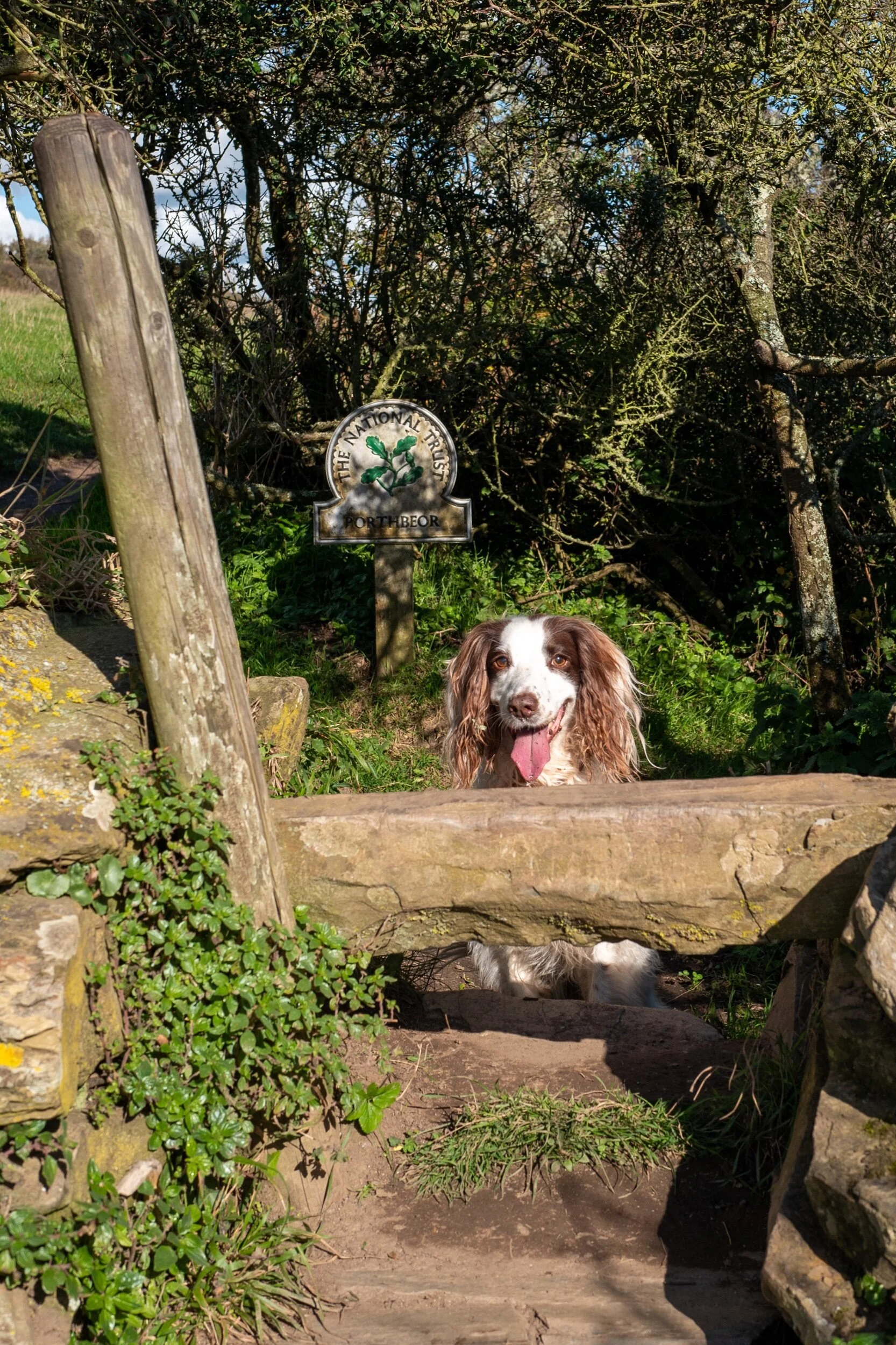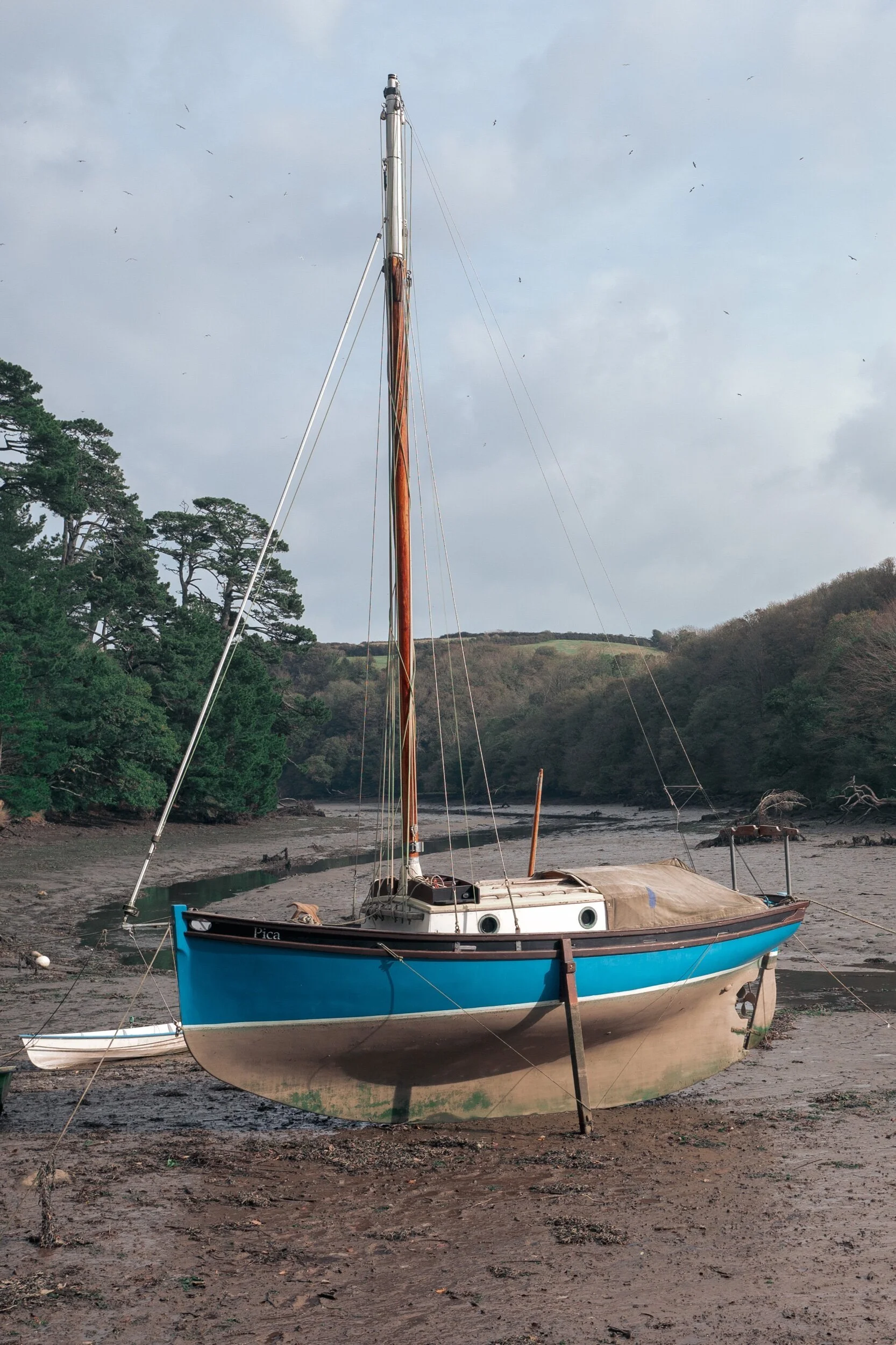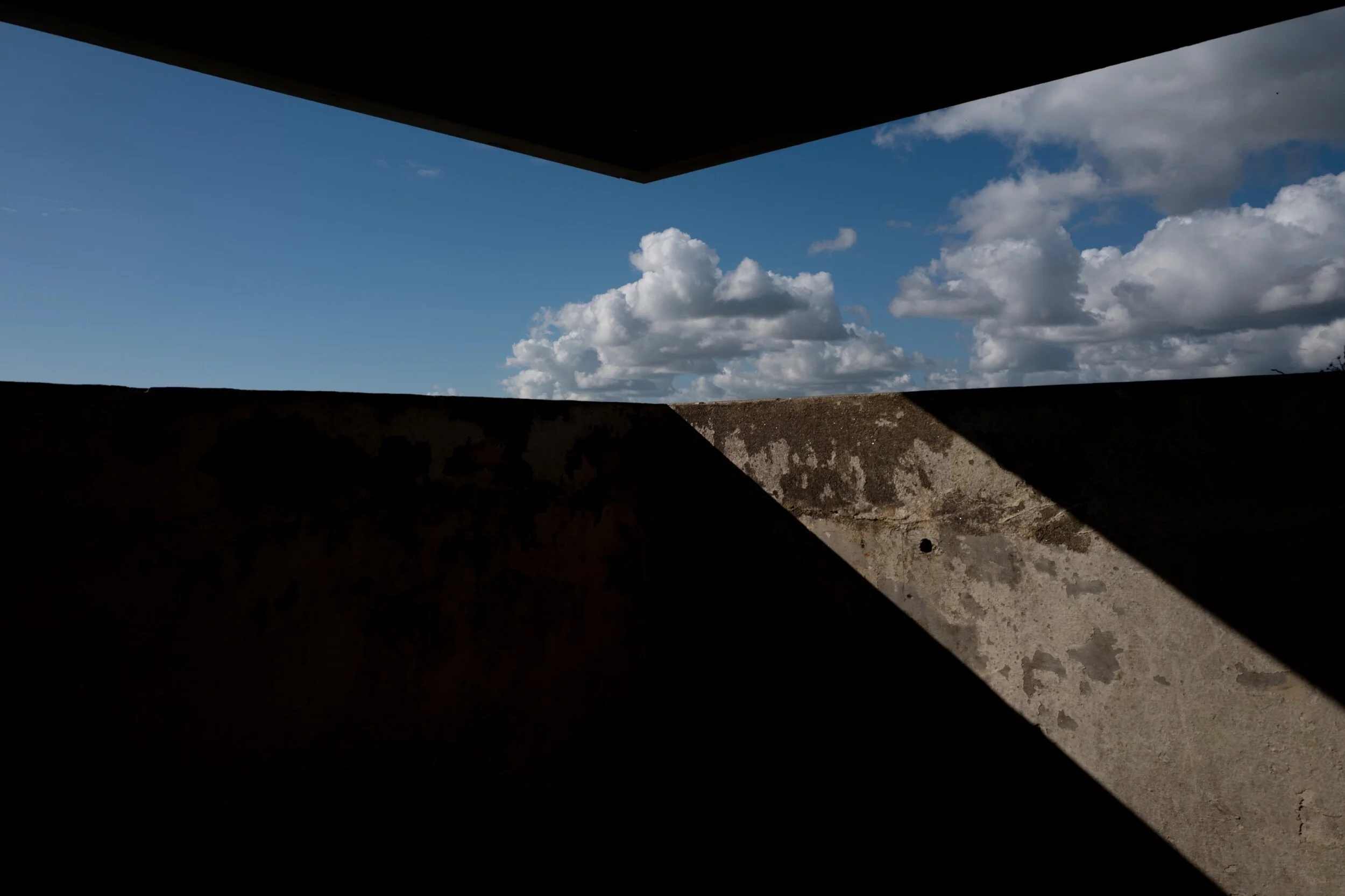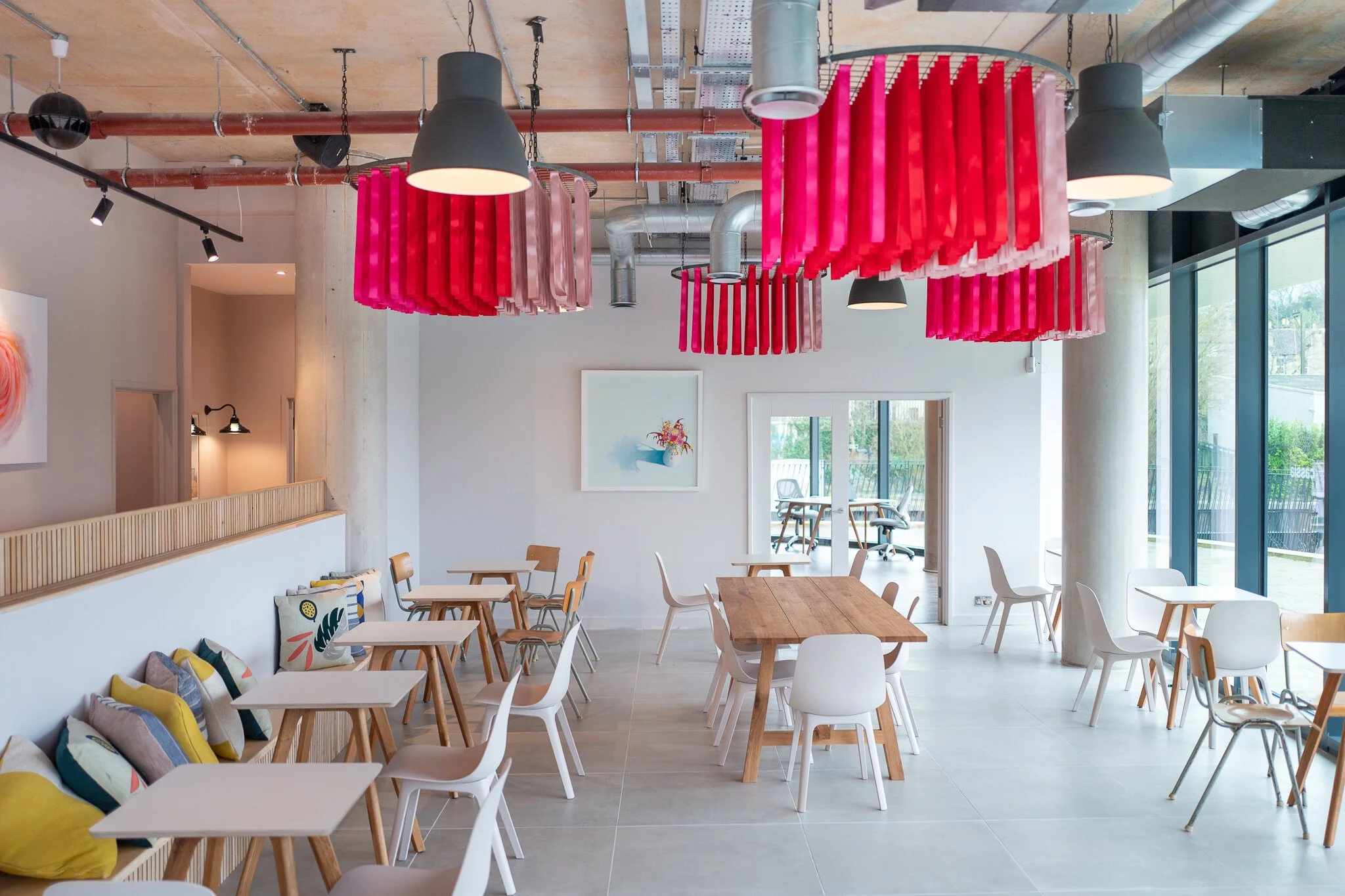A review of the Leica Q
This is my first ever camera review.
We photographers are guilty of obsessing more about our gear than going out to take pictures. So I’ll digress for most of this blog and won’t mention the camera until half way down.
I’ll also pepper the review with a few Henri Cartier-Bresson quotes to keep us from getting geeky and inspire us to go out and take pictures instead.
Why my first ever camera review now? Because in the 35+ years of being an enthusiastic photographer, I haven’t had the privilege to use a camera that has ticked as many boxes. A perfect camera? Don’t be daft. That doesn’t exist. But the Leica Q comes close.
Your eye is more important than the camera you use.
“Your eye must see a composition ... and you must know with intuition when to click the camera.”
Henri Cartier-Bresson
All modern cameras and phones take good photos. They all have their strengths and weaknesses. The camera you choose should:
Feel the most natural to you.
Suit your style of photography.
Encourage you take it everywhere you go.
A new camera will not make you a better photographer. Cameras are meaningless if you don’t understand how to see.
Get to know your camera inside out. Build up the muscle memory so you intuitively know where the buttons are and what they do.
“It is an illusion that photos are made with the camera… they are made with the eye, heart and head.”
Henri Cartier-Bresson
Das Wesentliche (The Essential)
There are three primary functions I want to access quickly to take a picture: aperture, shutter speed and focus. Plus two secondary functions: ISO and exposure.
For me, all other settings on a camera are superfluous. They are added to keep camera marketing departments busy (I know, I used to be in one). People love all these extra features and pore over them to justify a new purchase. However, it means the key elements that control the light are competing for priority.
Leica and me
"Shooting with a LEICA is like a long tender kiss, like firing an automatic pistol, like an hour on the analyst's couch."
Henri Cartier-Bresson
Leica's strapline is DAS WESENTLICHE... which means “the essential.”
I’ve written before about Leica in my series on Dieter Rams 10 Principles for Good Design (No.7 - Good Design is Long Lasting, although Leica could have exemplified Good Design is Innovative, Honest, Aesthetic, Unobtrusive, As Little As Possible etc etc… you get the picture).
I bought my first Leica with money my mum gave me for my 40th birthday. It was a DLux 3 - a rebadged Panasonic and not a 'real' Leica. But its metal body, the design details and the Leica philosophy was enough to get me hooked.
I graduated to the digital and film rangefinder cameras (Leica M's). Beautiful cameras to behold and ones that engage all your senses when you take a photo. You have to be sharp because almost everything that effects the picture requires a decision from you. The reward is great when the aperture, focus and shutter speed align. However, this requires practice and skill. I have missed a lot of photos.
The Leica Q
This is where the Leica Q comes in. It has the perfect balance between manual and auto. You can use it as an automatic camera and get very pleasing results. It is easy to manually override any of the key features.
This is important to me.
Sometimes an auto-setting second guessing what I want to photograph gets it wrong. It chooses the wrong aperture, or shutter speed or focuses on the wrong thing (although this is a lot rarer on the Q than any other camera I have used).
The autofocus on the Leica Q is snappy and accurate… sometimes you need to be quick to get the prey.
“The creative act lasts but a brief moment, a lightning instant of give-and-take, just long enough for you to level the camera and to trap the fleeting prey in your little box.”
Henri Cartier-Bresson
But sometimes it’s good to slow down. To wait for the right moment. To notice the light, think about where to stand and anticipate what will unfold before you click.
“We must avoid however, snapping away, shooting quickly and without thought, overloading ourselves with unnecessary images that clutter our memory and diminish the clarity of the whole.”
Henri Cartier-Bresson
What I like about the Leica Q
It's easy on the eye.
It has been designed with an attention to detail...
... and manufactured with care.
It doesn’t get in the way of taking a good picture.
It’s portable.
I want to take it with me everywhere I go.
I can point and click.
Or I can take full manual control and quickly change the aperture or shutter speed.
The dials have a satisfying mechanical click.
It’s sturdy. It’s made of metal.
It has a big sensor (which means each photo has a lot of detail and flexibility if you edit later).
The autofocus is fast.
The shutter is silent.
A stealth camera which focuses on the essential.
Minimalist. It only has what you need.
Like a Leica M, the viewfinder is on the left so while my right eye composes my left eye can stay open and take in what is happening outside the frame.
The focus ring on the lens is almost as smooth as an M.
It has one lens. A wide one. About the same as an iPhone. But a lot better.
Which means I'm not tempted to change it.
I have one choice, one field of view to see, which focuses my mind.
If I need to get in closer, I take a step forward.
Or I crop later. There are enough megapixels to play with.
One lens keeps my man-bag light.
It has a neat way of going into Macro mode. It makes me smile.
I can take all my photos in natural light.
I can take photos in the dark at 1/15th of a second. That sounds geeky I know. But this is good.
It’s nice to hold. Balanced.
It’s intuitive.
It’s a perfect companion in material form.
Footnotes
Cost
Leicas are considered expensive. They have fewer features than similarly priced cameras but they are built to last. I still use a 10 year old digital camera - the M9. My favourite 50mm lens was made in the 90’s. I know people who have been through 5+ digital SLRs in that time - always thinking the new model will enhance their skills in a way that the previously perfect model can’t. This approach is neither wallet or environmentally friendly.
Besides, I never buy a new Leica. People look after their Leicas and you can buy them at a significant discount in near mint condition. I bought my Q from the helpful Classic Cameras near the British Museum in London. The camera had been hardly used and was apparently owned by the solicitor to the Rolling Stones.
Anorak corner
The Q maybe the best camera I’ve had, but the Leica MP is the one I most love to hold. Some say MP stands for mechanical perfection. It’s a film camera. I take it out from time to time but film is a hassle. I go through well-meaning phases of loading a roll and then leaving it for months. My impatience at waiting for the film to develop and my wish to review an image after I’ve taken it (to check I haven’t messed up) often gets the better of me, so I revert to the convenience of digital.
Henri Cartier-Bresson
I’ve quoted Henri a number of times. Not because I think my photos come within a mile of his genius, but because he is the most influential photographer who has graced this planet (discuss). He was a founding member of Magnum, coined the oft-repeated phrase the “decisive moment” and a loyal user of Leica.
Other reviews
Craig Mod is a fine writer and wrote this very fine review of the Q.
Kristian Dowling had so much to say, he spread his review over three parts.
Macfilos wrote that the Leica Q at five years old remains a success.
Taken with the Leica Q
All photos taken since January 2020.




